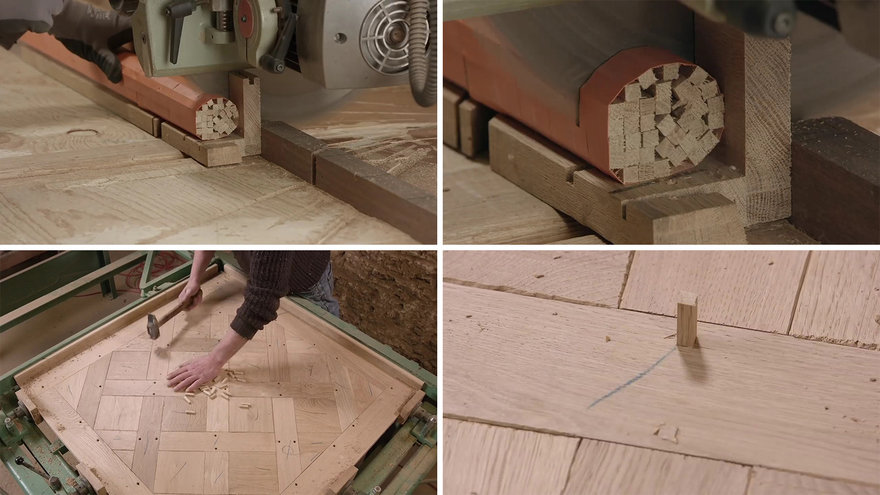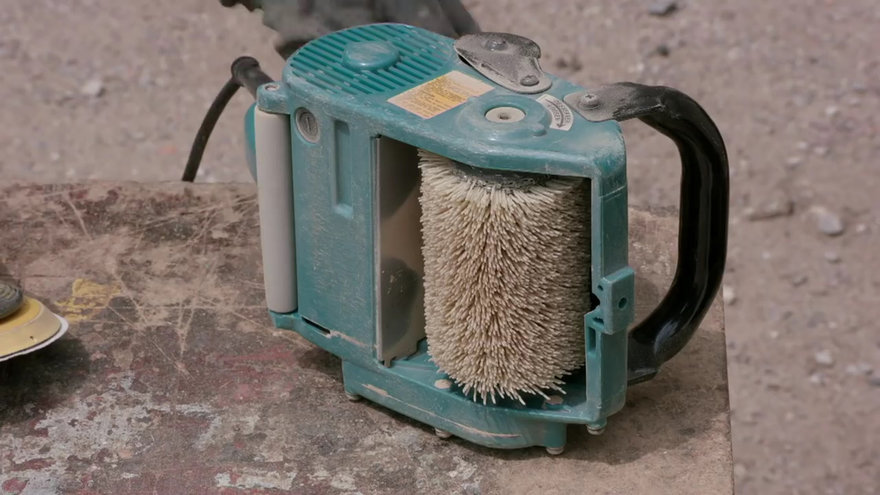
How Parquet Floors are Made
Square pegs in round holes, among other things
Like many European palaces of the day, the Palace of Versailles originally had marble floors. But at some point in the 1680s, they began swapping the floors out with a funky new interior design element known as parquet. According to British flooring company Ecora, "These wood floors were used to replace grand marble or stone floors that were quarry cut and expensive to install and maintain and that also caused long term damage to joists and timber frames." While wooden floors existed at the time in structures as humble as farmhouses, a palace for Louis XIV obviously required something with more visual appeal, and thus parquet was chosen.
 Enter a caption (optional)
Enter a caption (optional) Enter a caption (optional)
Enter a caption (optional)Prior to watching the video below, I had a vague idea of how parquet was constructed. I knew that a bunch of small pieces of wood had to be assembled in a sort of puzzle.
 Enter a caption (optional)
Enter a caption (optional)I figured that the wood would have to be tongue-and-grooved…
 Enter a caption (optional)
Enter a caption (optional)…as well as mortised-and-tenoned.
 Enter a caption (optional)
Enter a caption (optional)I didn't know that the pieces were traditionally attached by square pegs driven into round holes.
 Enter a caption (optional)
Enter a caption (optional)Nor did I think about some of the funky tools modern-day craftsmen would use to fabricate them, like this sander with a wooden block attached, and this power bristle brush. Not to mention a conventional sandblaster.
 Enter a caption (optional)
Enter a caption (optional) Enter a caption (optional)
Enter a caption (optional) Enter a caption (optional)
Enter a caption (optional) Enter a caption (optional)
Enter a caption (optional)This video shows you how parquet panels are made using these tools and techniques and is well worth a watch:
-
oFavorite This
-
Q2Comment
K
{Welcome
Create a Core77 Account
Already have an account? Sign In
By creating a Core77 account you confirm that you accept the Terms of Use
K
Reset Password
Please enter your email and we will send an email to reset your password.


Comments
All that work and you still end up with parquet floors.
Hard word and come out beauty. how much time take for all procedure?